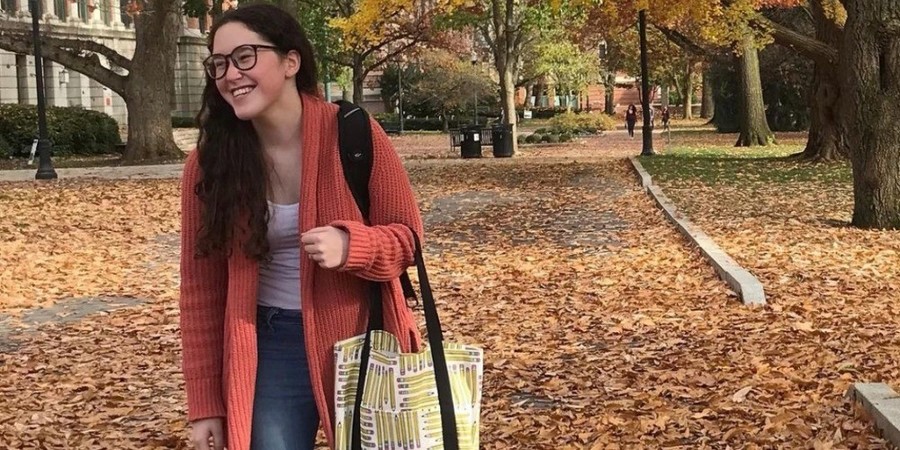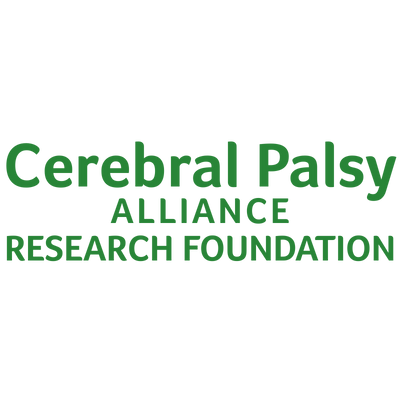
KEEPING IT REAL: Thoughts on CP as An Adult With CP
By Lauryn DeLuca
Currently, I am a senior at university studying education. Honestly, this is not where I thought I would be five years ago. Five years ago, I was in Rio De Janeiro fencing in the Paralympics at age 17.
What everyone has said about the Paralympics is true — it's the coolest experience as you finally see others like you in one place being the best in their sport. For once, being disabled is “normal”. You do not feel embarrassed for doing something “different”. Plus, it is one of the most accessible areas of the world.
I describe myself as the most unathletic athletic person you may know. I don’t lift weights, it takes me a super long time to run a mile, and I can’t jump. I think that was one thing about fencing that drew me into the sport — even in able-bodied fencing, it appeared to be work, but not a lot of work. You did not have to be big or fast. You just had to be smart and willing to learn a skill. Fencing is said to be physical chess.
Another thing about me is that I am a recovering people pleaser. Even when I started the sport at 9, I already hated the idea of being on a team and I had a fear of letting down people. Fencing is a sport that’s just between you and your opponent. So fencing combined my natural unathleticism and allowed me to only disappoint myself.
I fenced on the able-bodied scene for a while. My CP allows me to “blend in” with able-bodied people. However, once puberty hit, I found myself struggling to keep up with my peers on the fencing strip. I was putting in more hours than them, yet I was performing worse in competitions. My legs could not keep up. I found myself getting very tired.
I almost quit.
But there was an affinity for fencing still. I decided to keep with the sport. I still loved how graceful I could be. Loved being able to put work in to master a skill. So I fenced at a tournament and a former national wheelchair coach noticed I had a limp and invited me to a wheelchair fencing camp.
I didn’t find myself getting so tired. I didn’t have to use my legs. I just had to sit in a chair, move my body with my abs, and perform the same bladework I did when I was fencing with able-bodied folks.
I eventually got good enough to compete on the international stage and go to the Paralympics. Along the way, I got to learn about the world, experience different cultures, and shape the way I saw myself and disability.
All because someone noticed that I limped. A limp that I did not love at the time.
Nowadays, I say I am a proud disabled woman with cerebral palsy. That was not necessarily the case growing up. There were some moments that I had ugly thoughts about who I was because of CP. As a kid, it bothered me that I had to wear uncool shoes to accommodate my leg brace. I have a twin sister, and she got to wear the cool shoes. I believe at one point she had those trendy (well, trendy for a 9-year-old) shoes that laced up to her knees. Can you imagine the envy I had?
As a teenager, I did not love the fact that my body was unsymmetrical and that one leg was missing muscle. I envy kids growing up now because there is an increasing presence of disabled individuals in the media being proud and embracing their disabled bodies and experiences. I needed to see that as a kid. I needed to see images of disabled people to know that everything would be alright.
Something happened in my mindset during my late high school/early college years. I started being proud and to acknowledge that CP was a part of me but did not define me — and I can pinpoint the exact moment. It was when I asked my doctor for a bigger brace, to no longer have an ankle one. It was admitting that I needed more from my mobility device (hot girls rock mobility devices) and that I no longer cared how it looked beauty-wise. I had been sacrificing my independence and comfort to try to fit a mold that I could never fit, and I was done doing that.
Like I said earlier, I noticed the effects of CP later in life. I have to consciously adapt more than ever. I live in a very cold state. In my case, CP and cold do not mix (you should see my blanket collection). I have to plan my outfits in layers. I plan for crip time, adding 10 minutes to the time Google says it will take me to get a destination. When I get a new top or coffee mug, I perform the crip test to see if I am able to work the buttons and closures. My partner and I are nature people and look ahead online about dates to see if the terrain is bad and how long a hike is.
Oh, and shoes? I wear a size 7 non-brace and a size 10/11 with a brace. Zappos Adaptive has become my savior. I get to buy single shoes from there instead of buying two pairs of shoes now!
What I wish people knew about CP is that CP is different for everyone but that does not invalidate our experiences and choices. There are days where I might wear heels (kitten ones. . . ), but that does not mean I am healed and faking it. I just want to wear heels to look good and to walk more noticeably bad. Trust me, I know what my body can do.
In general, there is so much acceptance, support, and tons of accessible experiences for kids.
I wish people knew that disabled kids grow up to be disabled adults.
Fri 05 Dec 2025
An update on one of our most important initiatives: expanding access to life-changing assistive technology for Native Americans with disabilities.
Fri 10 Oct 2025
We’re thrilled to share an exciting milestone from CPARF’s Changemakers Program — our inaugural community-voted research study has been selected!




